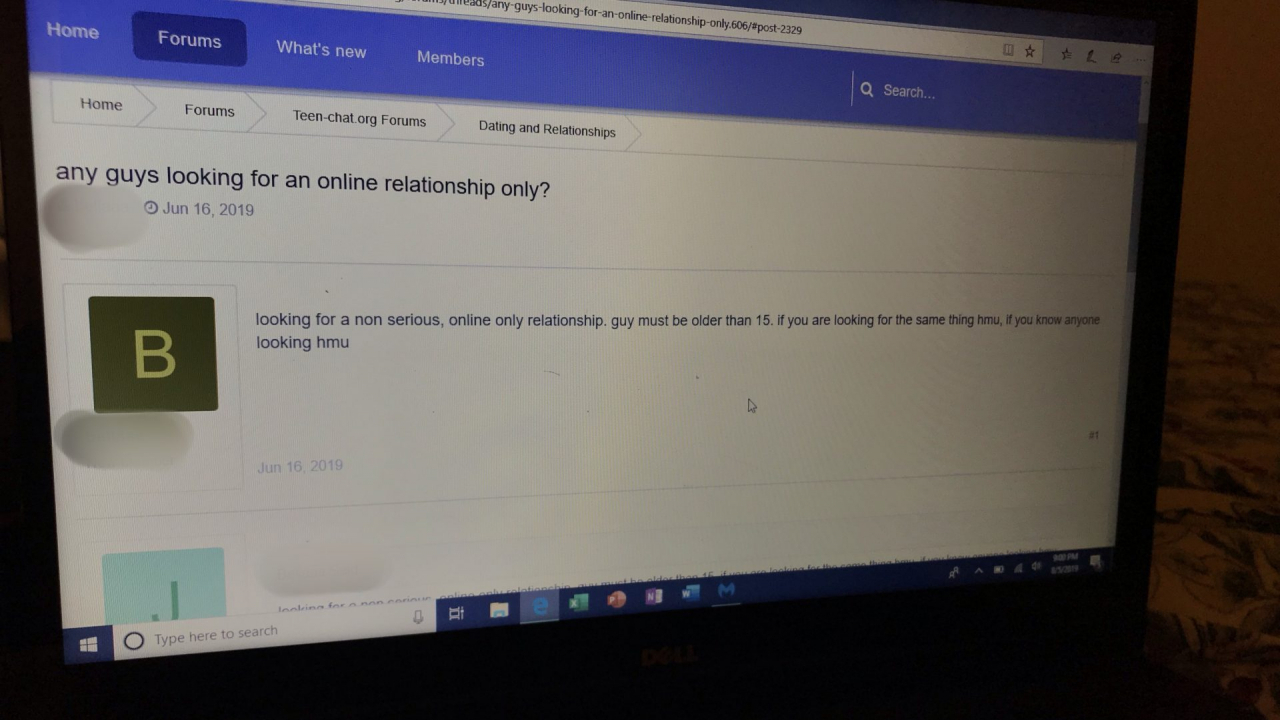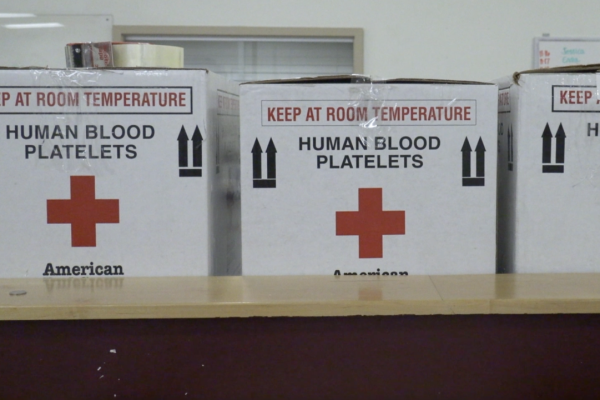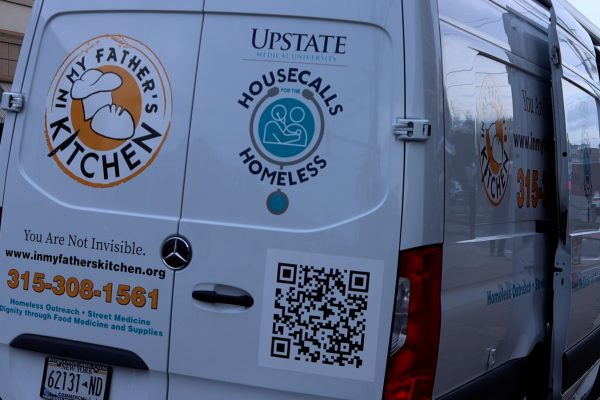
By Scarlett Lisjak, Syracuse N.Y. (NCC News)- In Central New York, summertime is all about taking advantage of the warm weather, festivals, concerts, and block parties. However, these summer gatherings could be a potential hot spot for human trafficking.
The U.S. Department of Health and Human Services estimated that between 200,000-300,000 American youth are considered at risk for human trafficking. Additionally, each year within the United States, there are about 200,000 reports of sexual exploitation of minors.
Colleen Merced, the executive director at the McMahon Ryan Child Advocacy Center in Syracuse says, large crowds are a potential danger for human trafficking. She explains, “whenever you have big events… you always worry about trafficking, because you get people from all over the place.”
At large events, people will pay to take advantage of young girls under the age of twenty-one. “We had issues with human trafficking [at past events] and if you look back there has been arrests,” says Merced.
Merced stresses that human trafficking is not what you see in Hollywood movies such as Taken, where children are abducted in plain sight and sold into slavery. It’s a lot more personal. A communication between the victim and the predator start before they meet in person.
Usually, it starts online. The victim will build a relationship with someone whom they believe is their age. As time goes on, the victim will begin to trust this online friend. Predator, or so-called “friend,” will groom the child into a sort of mental brainwashing by making false promises.
Essence Williams, CSEC Victim Advocate, clarifies that child victims “are groomed into believing something, then they follow through with it. [To illustrate,] a guy will make false promises, [such as] promising a job, but the job turns out to be… not what they expected it to be.”
Merced says open communication and education with children, parents, and adults on these issues is the best way to work against human trafficking. By doing so, people can better understand what the red flags are for victims and have a better awareness of what human trafficking looks like realistically.




